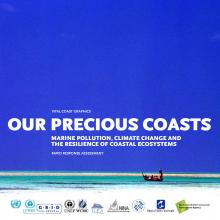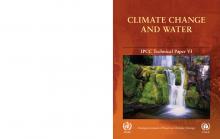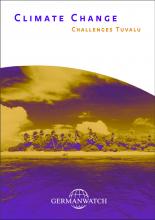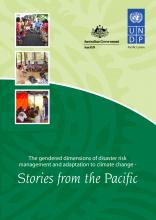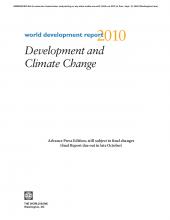World development report 2010: development and climate change

Climate Change Resilience
Available Online
Thirty years ago, half the developing world lived in extreme povertytoday, a quarter. Now, a much smaller share of children are malnourished and at risk of early death. And access to modern infrastructure is much more widespread. Critical to the progress: rapid economic growth driven by technological innovation and institutional reform, particularly in todays middle- income countries, where per capita incomes have doubled. Yet the needs remain enormous, with the number of hungry people having passed the billion mark this year for the first time in history. With so many still in poverty and hunger, growth and poverty alleviation remain the overarching priority for developing countries. Climate change only makes the challenge more complicated. First, the impacts of a changing climate are already being felt, with more droughts, more floods, more strong storms, and more heat wavestaxing individuals, firms, and governments, drawing resources away from development. Second, continuing climate change, at current rates, will pose increasingly severe challenges to development. By centurys end, it could lead to warming of 5°C or more compared with preindustrial times and to a vastly different world from today, with more extreme weather events, many fewer species, and whole island nations submerged. Even our best efforts are unlikely to stabilize temperatures at anything less than 2°C above preindustrial temperatures, warming that will require substantial adaptation.
